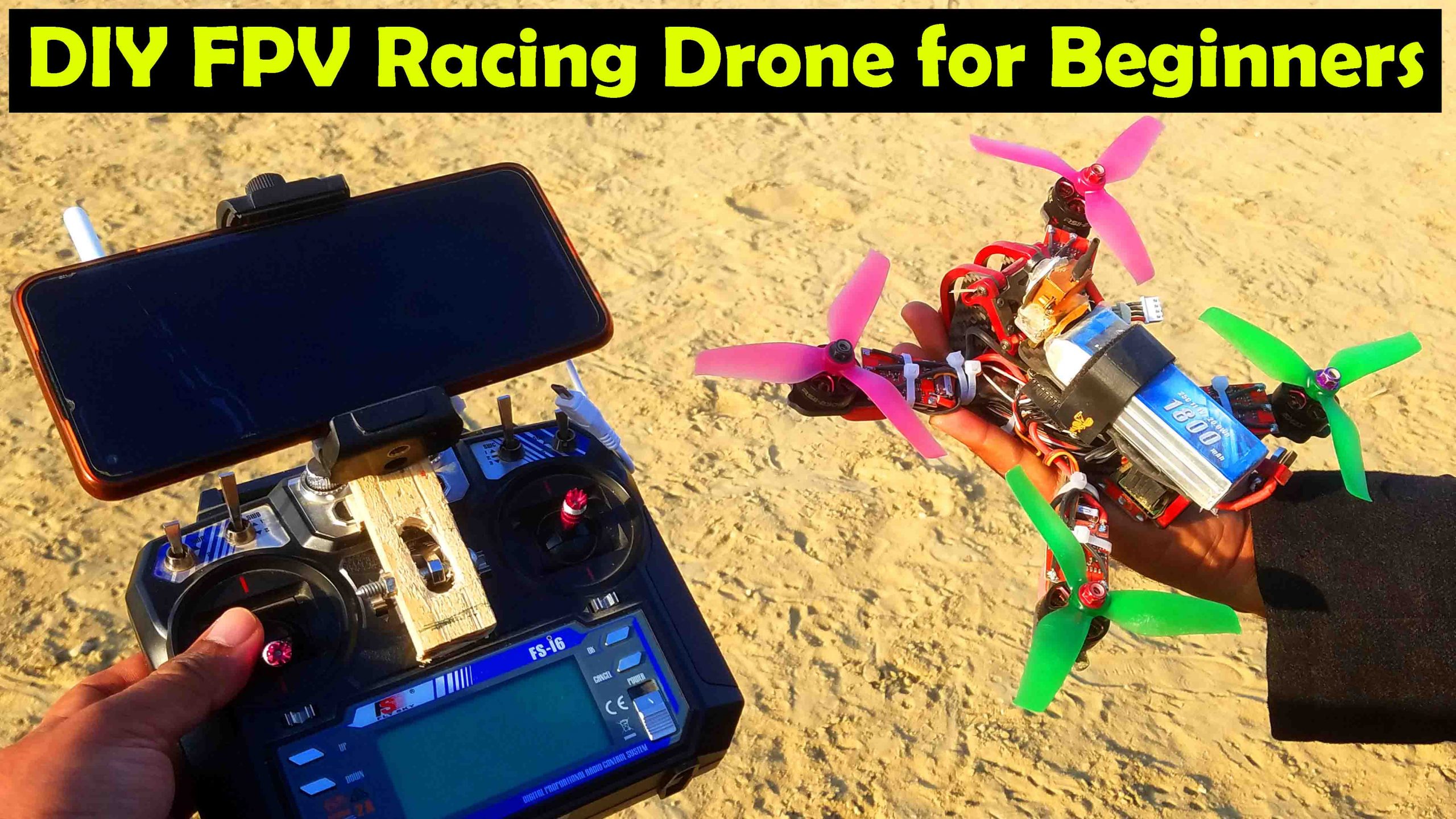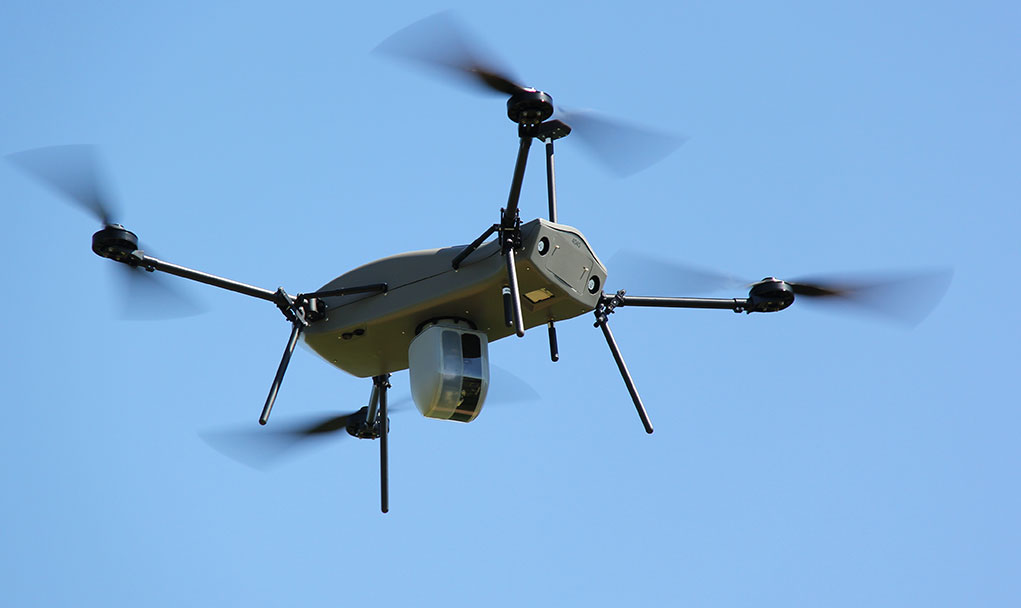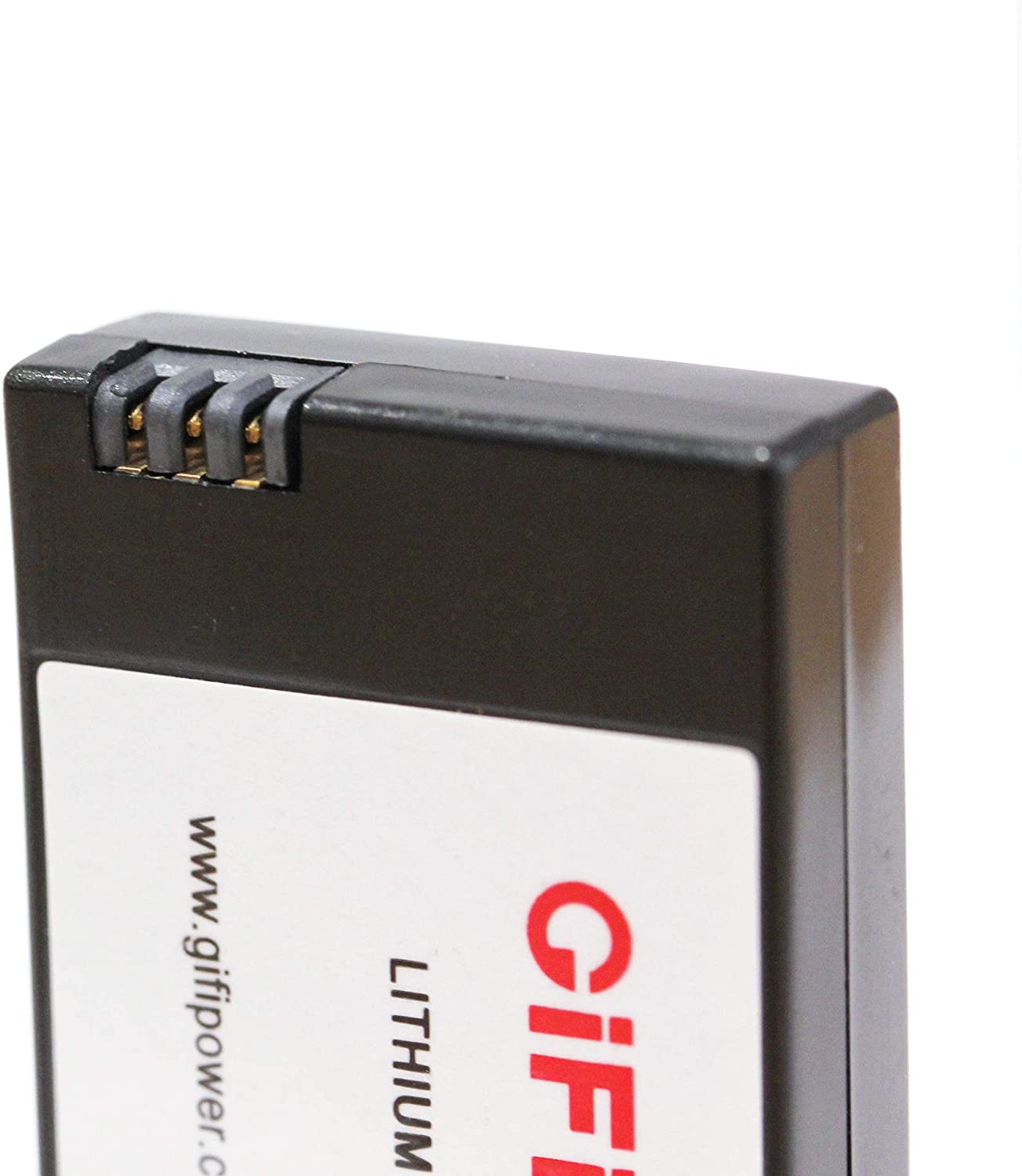
Drones are unmanned, aerial vehicles that can be used for many purposes. This article will focus on drone missions, payloads that drones can carry, and the potential applications of these devices. Let's start by looking at some key components of a mission using drones and how they calculate the trajectory. Next, we'll examine how to calculate your missions and apply them to real-world scenarios. Here's how:
Overview of the drones mission
Drones were originally created for aerospace and military purposes, but they are now used in everyday life due to their safety and efficiency. They have three core mission capabilities: surveillance (targeted attacks), and reconnaissance. A majority of drones are piloted by a pilot, but advanced autonomy can be achieved using LIDAR detections and sensors. Drones can be used to aid in disaster recovery and research on climate change conditions.
The performance of a UAV's mission is determined by its stealth and suitability for the mission. If the UAV's mission calls for it to operate in an area that has radar, it must minimize the risk of being detected. Although safety concerns are present regarding the UAVs legs, it's important to remember that their overall mission is also affected by its performance. This means maximising the UAV's turning angle, climbing/diving angle and minimising its flying altitude.
Calculation of drone mission
The speed at which a drone can fly will depend on what task it is being used for. To estimate the drone's flight time, divide the maximum shutter speed and the camera's inherent image interval. These guidelines will help you calculate your drone's flight speed. You should also keep in mind the flight duration of a drone’s battery as it can run out of juice quickly. Your mission should be as short as possible.

The algorithm presented in this paper shows the highest convergence rate, at least during the initial stages. Because of its rapid convergence rate, however, it is not able to reach a local optimum. Two types of UAVs arrive simultaneously at the target location in the final roadmap. This research aims to create a method that is efficient and accurate for mission planning. We have created a mathematical model to solve for the objective function, which is the shortest path.
Payloads carried on drones
A drone's "payload" is the amount of equipment that it carries. Common drone payloads are additional cameras and sensors or packages to deliver. Larger drones have payloads that are heavier than those used for commercial purposes, and their payloads are often more expensive than their cost. This article explains what payloads are, and how to determine their size. Payloads can be the heaviest, but they are lighter than payloads.
There are many types of drones that can carry different payloads. For instance, FPV and fixed-wing drones may only be used for photography. All drones are different in terms of payload capacity. However, they all have different weights and this can make them very versatile. There are also different types of drones with different speeds and payloads. Hobbyist models are often FPV drones, since their small props don't allow for any other types of video or still image.
Applications of drones
Companies are looking for practical uses of drone technology as a result of the advancement in drone technology. One example is drone delivery from fulfillment centers to local retail outlets. Amazon is a pioneer in this area. Its patent activity is often covered. Prime Air, Amazon's first commercial drone delivery service, made its first demo delivery in 2016. Prime customers who have been selected by the company will be able to receive delivery times of 30 minutes or less. But are there any legal concerns?

Already, drones are used for agriculture. To assess the crop's health, farmers can use inexpensive aerial photography. Drones can also be used to take photographs of interiors. One company creates virtual tours using small drones. This simulates the experience of walking through a home. Drones also allow property developers to survey large areas of land and help them design structures that enhance their environment.
FAQ
Is Drones Prohibited?
The FAA prohibits drones from flying within close proximity to airports, stadiums and sporting events, as well as nuclear power plants, hospitals and prisons. They allow them to fly at nights using GPS technology.
Can I fly my drone indoors
Yes, it is possible to fly your drone indoors. It is important to make sure there are no hazards or obstacles in your home. Avoid flying near windows, doors and heating vents.
What kind batteries does a drone need?
Drones are powered by lithium-ion battery. A typical drone runs on between 3 and 6-volts.
Where can a drone be purchased?
You can buy many types of drones online. Many people prefer to buy their drones online through Amazon, eBay or Walmart. Some people prefer to buy their drones directly from the manufacturer.
Statistics
- According to industry research from ZipRecruiter , there are 10 cities where the typical salary for a Drone Pilot job is above the national average. (dronesgator.com)
- According to ZipRecruiter, the minimum hourly wage of drone pilots is $20. (thedroneu.com)
- According to Indeed, a drone pilot gets paid $25.73 per hour on average in the US. (dronesgator.com)
External Links
How To
How to Fly Drones With Beginners
A drone is a remote-controlled aircraft used for aerial photography, cinematography, surveillance, scientific research, and hobby purposes. Drones have been in use since World War II. DJI's Phantom series quadcopters were first commercially available in 2010. There have been many types of drones since then, including beginner-friendly drones like the Parrot AR Drone 2.0 and professional-grade multi-rotor crafts like the DJI Mavic Pro.
There are many ways to fly a drone.
-
Remote control - This allows you to control the drone from your hand. There are two main types: Joysticks (like a radio), and On/Off switches (like an alarm clock).
-
Manual Control- This allows you to control your drone remotely via GPS coordinates. The app will give you instructions.
-
Autonomous Flight - This method involves leaving the piloting duties to the drone itself. It is basically flying autonomously and without human intervention. To enable autonomous flight, the drone should have a built in camera and sensors capable recording images and data.
-
Triggered flight - This is similar to manual control except that the pilot sets up a preprogrammed route and the drone follows the route until it reaches its destination. The drone automatically lands once the route has been completed and returns to the base.
-
Landing Gear: Some drones have landing gear that allows them safely to land in case they lose power or run low on battery.
-
Goggles – Pilots often wear goggles while flying to keep themselves safe from any debris.
-
Camera – Some drones have cameras, which allow you to take photos or videos from up high.
-
Obstacles – Some drones have obstacle avoidance systems that stop them from colliding with obstacles.
-
Speed - Some drones can travel at speeds over 40 mph.
-
Battery Life: Most drones have a battery life of between 20 and 30 minutes depending on how many power sources you use.
-
Range - Depending on the model, some drones can travel up to 30 miles away.
-
Power source - Not all drones can use an external power source. Others can run on internal batteries.
-
Weight - Some drones can be as light as 1 pound while others can reach 4 pounds.
-
Size - Drones come in many sizes, from small gadgets that fit in one's hands to large craft that weigh more than 50 lbs.
-
Price - From high-end models that cost thousands of dollars to low-cost options that start at $100, all drones fall under a certain price category.